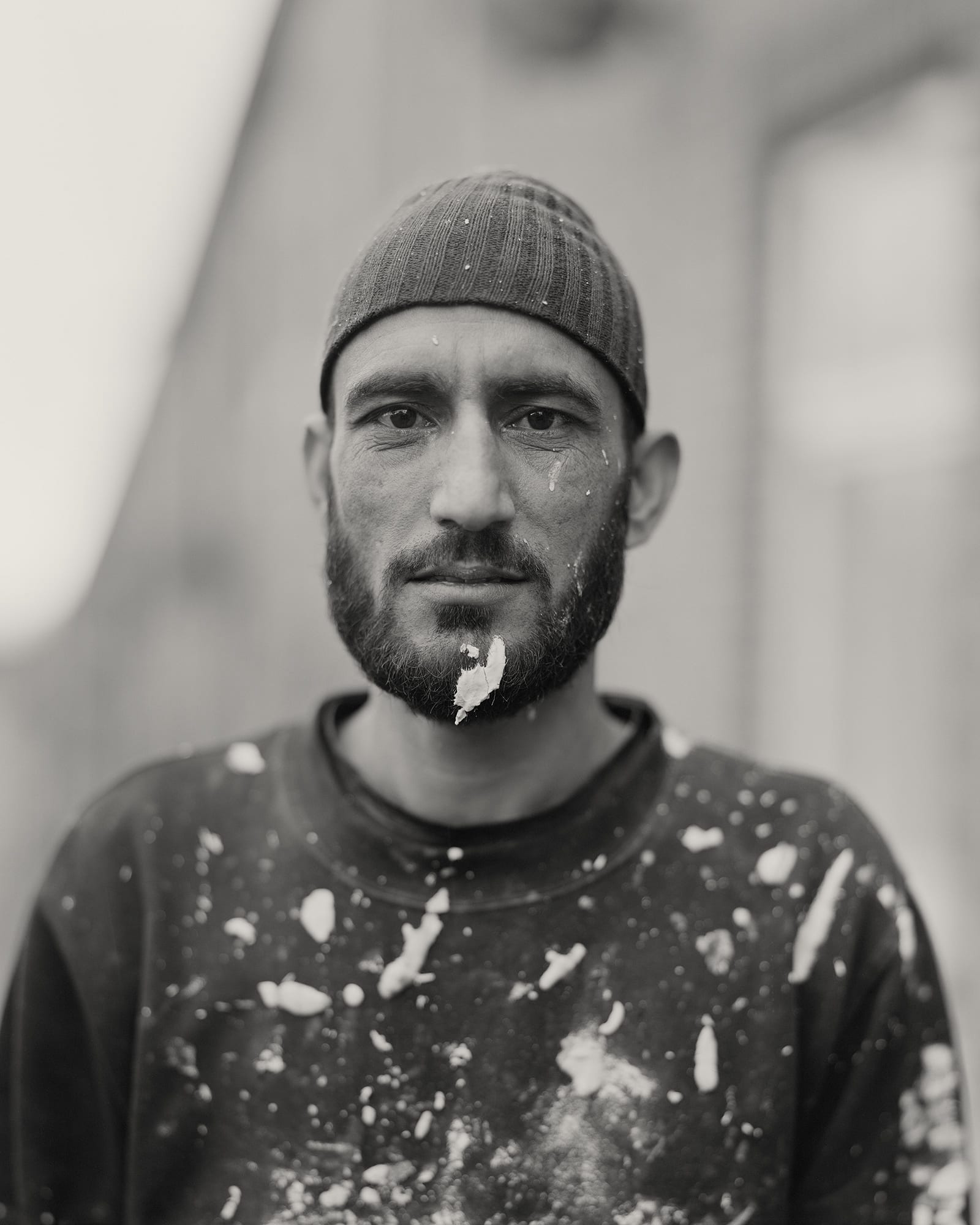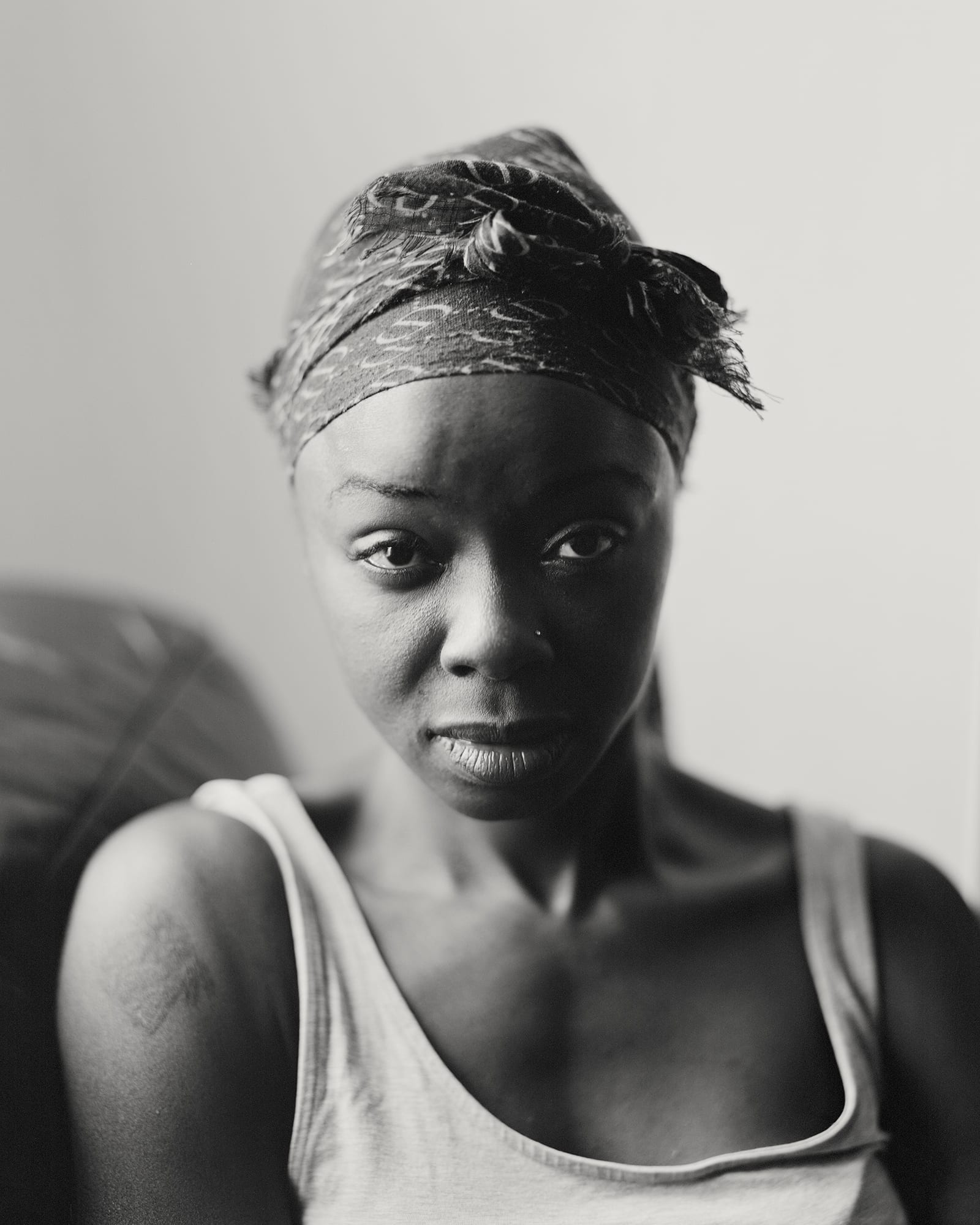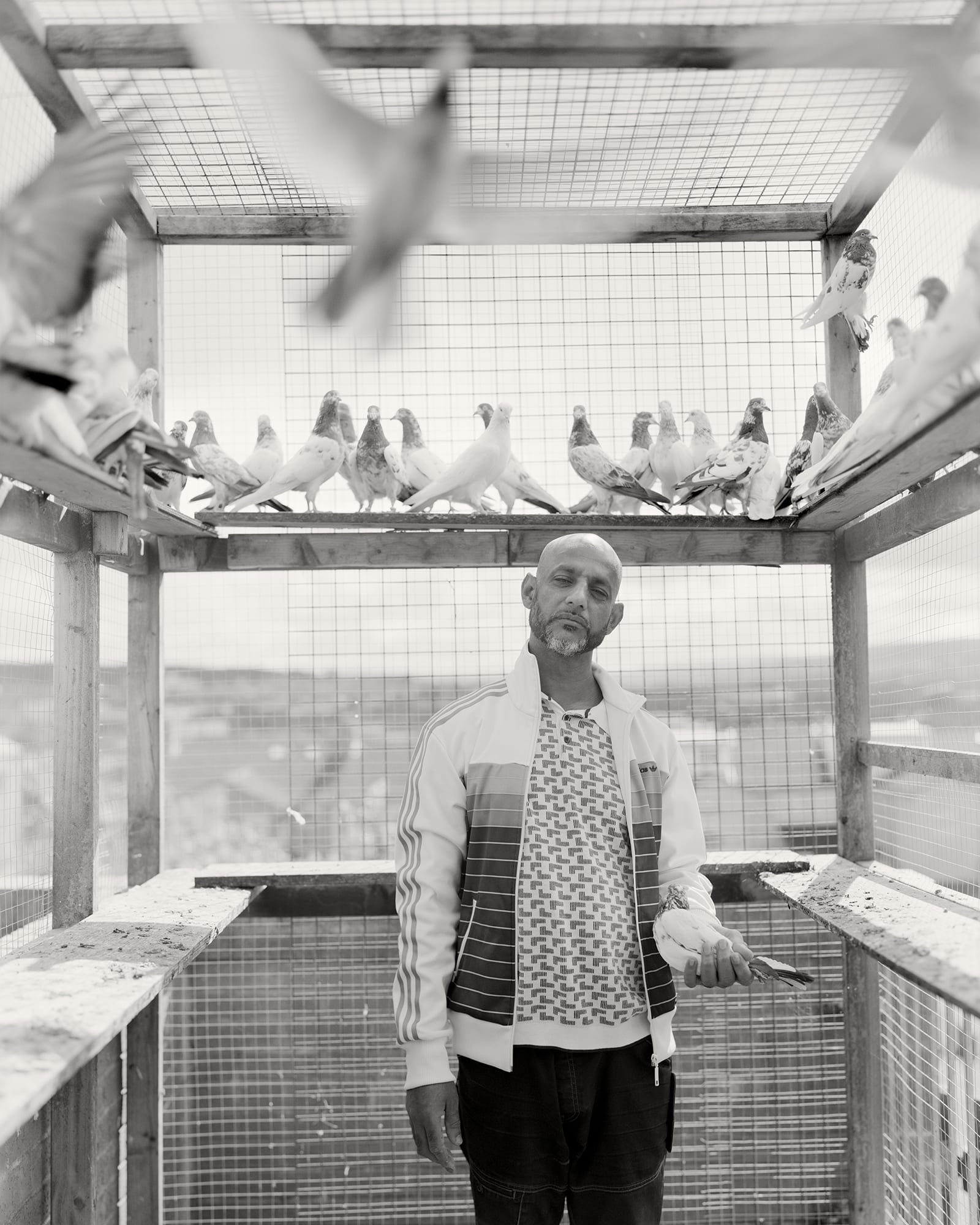Easton spent the last 18 months documenting a tight-knit community in Blackburn, a Lancashire town once dubbed “one of the most segregated” in Britain
In 2007, the BBC ran a programme investigating the ethnic and religious divide between Muslim Asian and white residents in Blackburn, claiming it was “one of the most segregated towns in Britain”. It is a narrative that has persisted in mainstream media’s depiction of the Lancashire town, most recently in June 2020 by The Sunday Times. For many of the communities that live there, this stigma of ‘segregation’ has tarnished the town and its reputation.
“A lot of people in Blackburn are very angry about it. And it’s not just about the anger, it’s about understanding how divisive those messages can be,” says photographer Craig Easton, who has been documenting the neighbourhood of Bank Top, since 2019. “It’s really dangerous, as well as irresponsible, journalism. A big part of my work is about giving agency to the people I work with, to tell their own stories.”
Easton has just been awarded Photographer of the Year, as part of the 2021 Sony World Photography Awards. His winning series, Bank Top, is the result of an initiative set up by the Blackburn Museum and Art Gallery, Kick Down the Barriers. Instigated in response to this narrative of ‘segregation’, the project invites artists and writers to collaborate with residents of Blackburn to create an authentic representation of their community.
A collaboration with writer and academic Abdul Aziz Hafiz, Easton has been working on a series of black-and-white portraits accompanied by text, highlighting issues such as social deprivation, housing, unemployment and immigration. “Although described as a collaboration, we worked separately,” he says, explaining that the aim is to eventually publish a photobook. “We had long discussions about the context for the work and the way the community came together. [Aziz] certainly influenced the way I photographed, and I think I influenced the way he wrote… I’m very conscious that the words do really bring context to the stories.”
“I’m very conscious of the way that northern, or any kind of marginalised or non-Metropolitan, communities can be misrepresented or misunderstood by national media”
Easton was born in Edinburgh and raised in Liverpool, where he is now based. “I’m not native to Blackburn, but I’m very conscious of the way that northern, or any kind of marginalised or non-Metropolitan, communities can be misrepresented or misunderstood by national media,” he says.
The photographer started his career at The Independent in the early-90s – “back in its black-and-white heyday” – but eventually found himself “frustrated with the idea of always telling stories in one picture”. In 1997, he left the news cycle and began dedicating more time to long-term projects, following in the tradition of photographers like Dorothea Lange, Paul Strand, and Lewis Hine. “That’s the kind of work that I love; work that has this longevity,” he says. “I think of myself as a historian, as much as a photographer. I hope that my work has a life beyond a magazine, the gallery wall or the awards.”
With Bank Top, which has been ongoing since 2019, this long-term approach was valuable, and the care with which Easton approaches his subjects is reflected in the intensity and warmth of the portraits he produces. Easton suggests that this could be attributed to the nature of his camera. The 10×8 field camera – “a great big wooden contraption on a tripod” – means he has spent more time getting to know his participants than he has photographing them.
“It takes 20 minutes to set it up… We have this time together, this intimate moment in the middle of the streets,” he says. “But when I make the picture, I’m not behind the camera. I’m to the side of it. And they’re looking at this inanimate object. It’s very different from looking through a SLR, whereby someone feels your gaze at them while taking a picture… There is that slight remove.”
Above all, for Easton, it is important to be honest with the people he is photographing, particularly when it comes to representing communities and stories that are not his own. “I talk to people, and I say ‘this is why I’m interested, this is why I want to photograph you’,” says Easton. “If it’s a genuine interest, you get a genuine response.”



